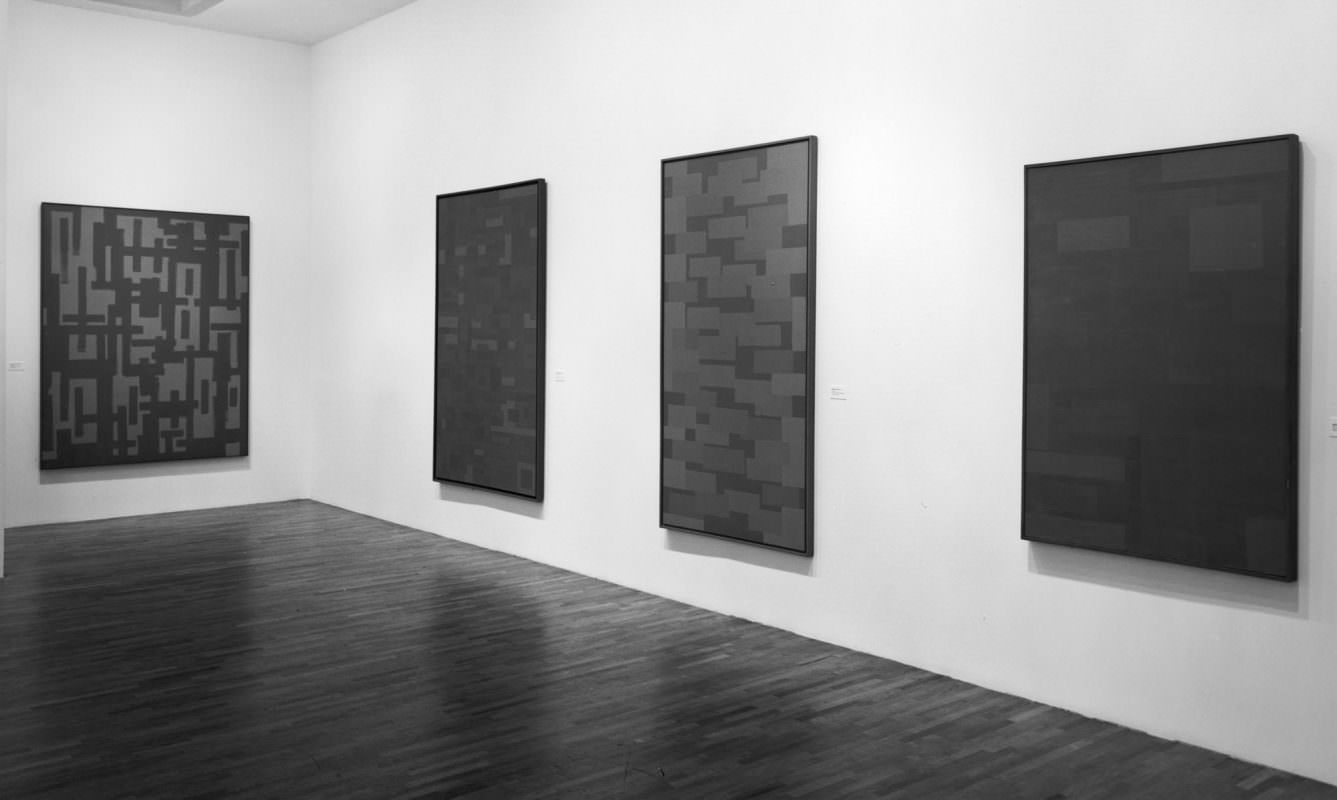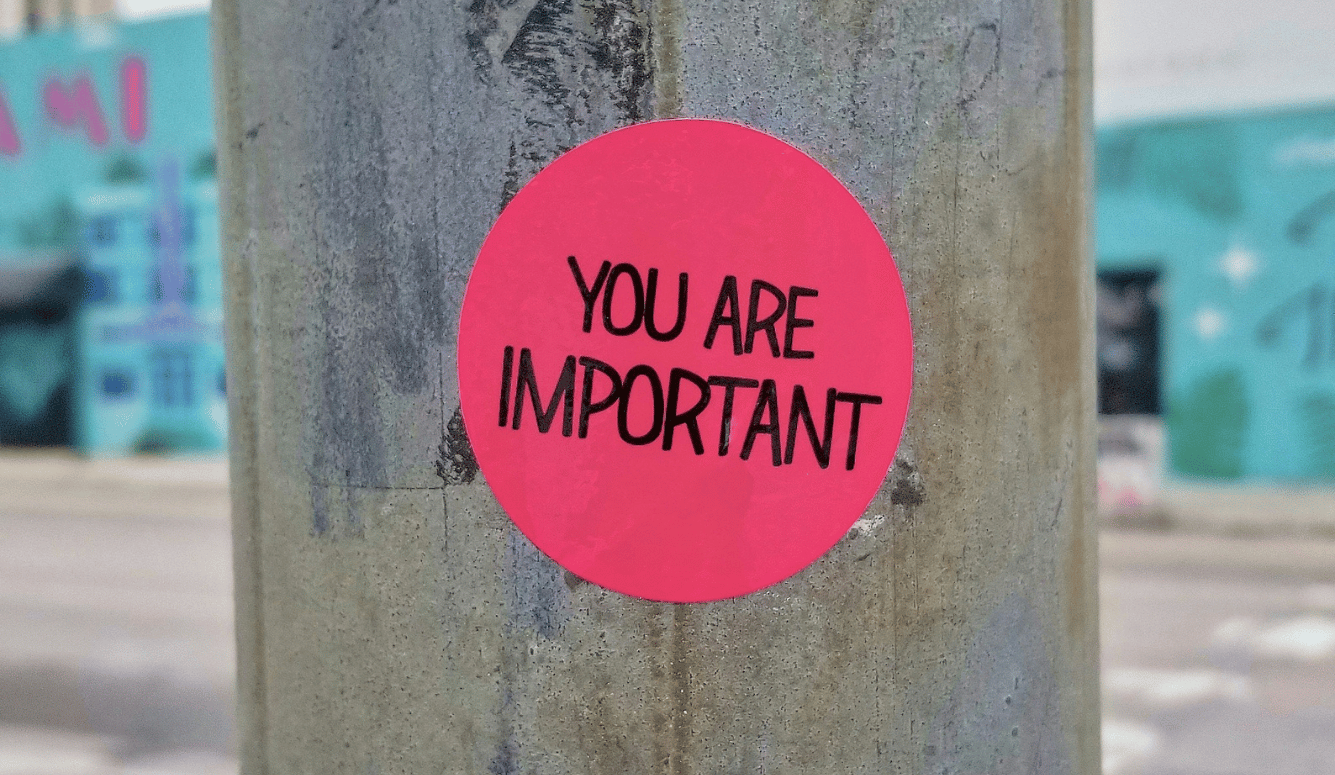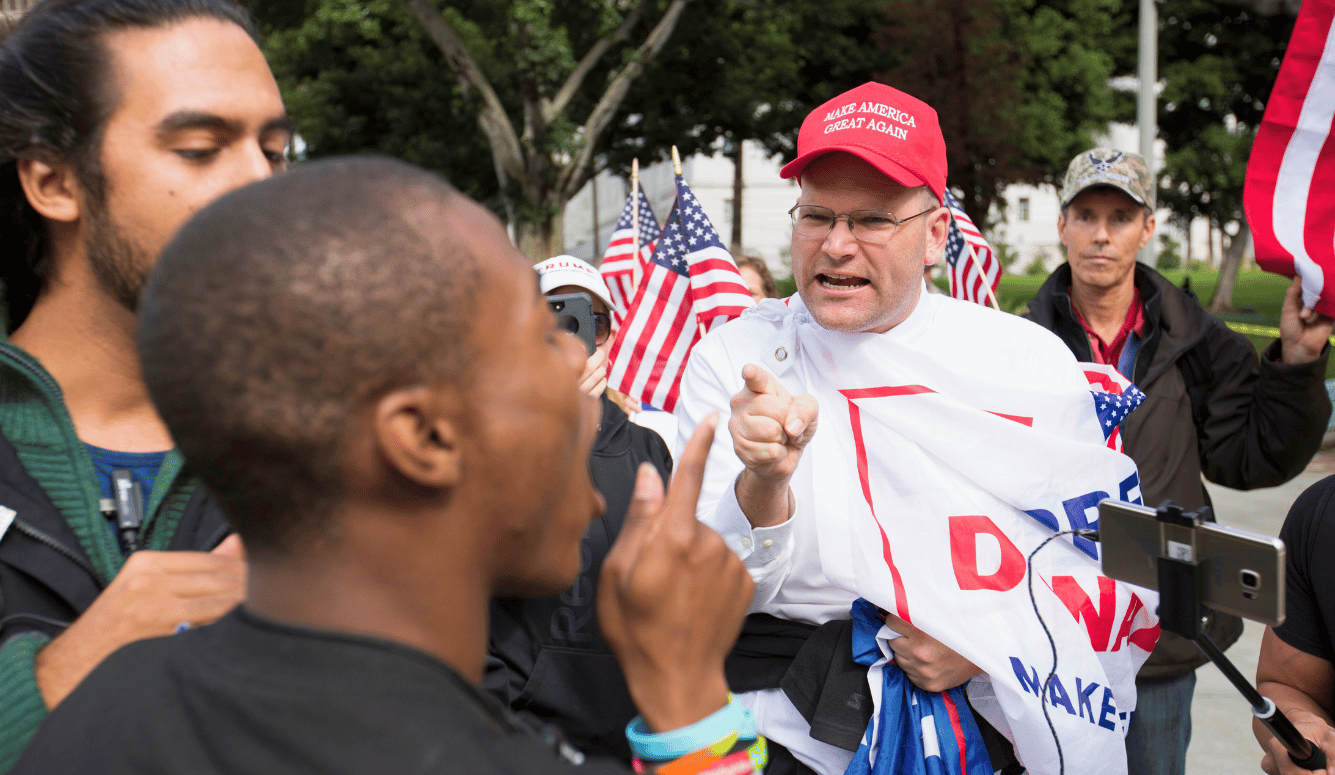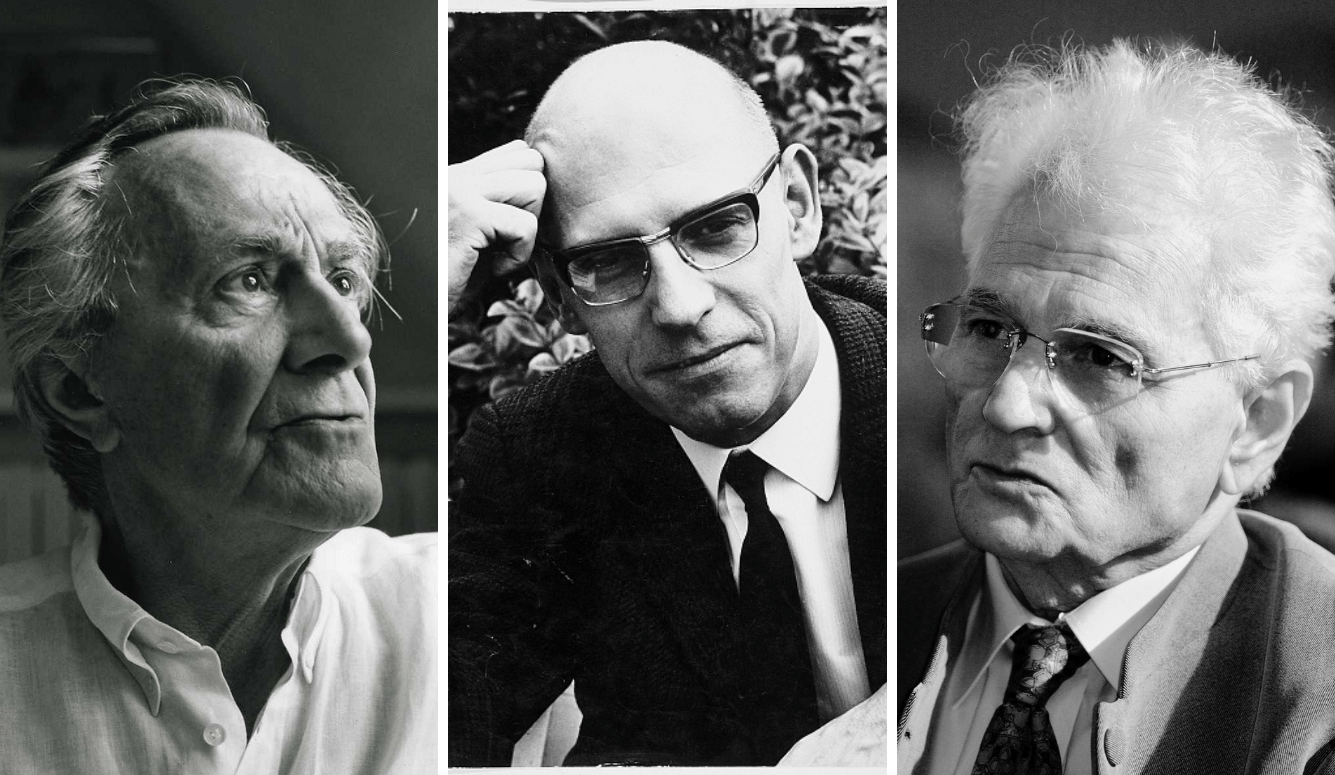Art and Culture
Review: The New Philistines
Those already familiar with the deformations that these terms represent may take note of the supercilious attitude that permeates the turgid passages in which they appear.

A review of The New Philistines: How Identity Politics Disfigure the Arts by Sohrab Ahmari. Biteback Publishing (2016), 144 pages.
“Today’s art world isn’t even contemptuous of old standards — it is wholly indifferent to them,” writes Sohrab Ahmari in this timely polemic, in which he writes passionately in defence of humane art and the critical standards once thought to be of supreme importance and permanence: “sincerity, formal rigour and cohesion, the quest for truth, the sacred and the transcendent.”
Editorialist for the Wall Street Journal, contributor to Commentary magazine, author and editor of works analyzing the Arab Spring and its aftermath, and a recent convert to Catholicism, Ahmari makes his own position clear. His book is aimed at readers who want to engage with art but find too little of it that speaks to them. He is not concerned with winning over the art world insider or academic expert, but rather wishes to aid the confused and disgruntled arts lover.
Ahmari was raised in Iran while the “cultural revolution” busied itself purging the academy and cultural institutions of anyone who might “create the wrong kind of art, or hold the wrong opinion about [it].” The revolutionary vanguard spent its time in libraries blacking out images of nudes. “That a theocratic police state could be this afraid of Renaissance nudes in books taught me early on about the power of great art and its connection to human freedom,” writes Ahmari.
But what has that to do with the art of the West, where artists are free to create as they please, and critics to write what they want? For well over a hundred years the smashing of traditional forms has become business as usual in the world of high art and, as for subject matter, anything goes. Only of late has a retraction of freedoms been promulgated, and – setting aside reactionary religious forces such as Islamism – this urge to censor and restrict has come from inside the art community itself, which consistently seeks to impose a worldview that aligns with prevailing theories of social justice.
It is this kind of self-imposed limitation that Ahmari’s book explores. For despite the contemporary art scene’s superficial freedoms, experimentation, and efforts to shock, the author finds a deeply conventional world governed by trendy doctrinaire politics. The art scene exhibits a narrowly circumscribed world view that restricts itself to predictable subject matter and seems more interested in what has become known as ‘virtue signaling’ than in aesthetics. Artists who deviate from this narrow set of values and practices won’t find themselves in jail, of course, but they are apt to find themselves without institutional patronage, media attention, or the support of their contemporaries. It is a state of affairs that recalls Orwell’s complaint about “smelly little orthodoxies.”
To see what is going on for himself, Ahmari surveys the art scene in London, sampling a variety of artistic media. He also makes a sincere effort to understand this world in its own terms, generously quoting from the in-crowd’s own explanations of their goals. While the examples mostly come from London, readers even modestly acquainted with the arts will recognize a scene familiar to many Western cities in which identity politics holds sway among the bien pensant and creative classes.
He calls the adherents of this postmodern dogma “identitarians,” and these self-styled moral entrepreneurs are evidently not noted for their humility in the face of the large human questions once explored by art. Instead, they “think they already have the answers: a set of all-purpose formulas about race, gender, class and sexuality, on the one hand, and power and privilege, on the other.” The art world, it seems, has passed into the hands of hectoring sociologists.
The author’s field trips include attendance at a five-day film festival held at the London Institute of Contemporary Art (ICA). The festival’s written program confirms his thesis, forthrightly setting down that, “Themes of social and political identity permeate the content and subjects explored. These themes underpin moving image’s relevance in 2016.” The exhibited films, the festival talks, and the accompanying special presentations are all monomaniacally identitarian. Ahmari concludes that “It is almost inconceivable that so many filmmakers could think of nothing – be inspired by nothing – nothing, nothing, nothing – but the politics of representation, ‘performativity,’ gender, race, queer theory etc. There must be other subjects, in the world outside or in their inner lives, which belong on the screen.”
American readers who have listened to National Public Radio on one of the ever-more-frequent days when story after story is devoted to these same topics will identify with Ahmari’s exasperation. How much more depressing, then, when the identitarians’ obsessively narrowed weltanschauung permeates not just the news room, but the arts, once conceived to be the cathedral of heart, soul and mind, devoted to humanity’s capacity to explore.
Ahmari is also in tune with the mangling of language that accompanies – nay, propels – the contemporary art world. It is motivated by careerism, one gathers, and produced from heads and hearts unburdened with deeper cultural content. He captures the artists’ own musings in several long passages of verbatim quotation taken from various venues, including post-screening discussions at the ICA. Here pretension combines with inarticulacy in a ‘Pseuds Corner’ version of artspeak gobbledygook.
Inarticulate artists wouldn’t matter much, of course, if the art works they produced were profound or moving. But Ahmari astutely makes the proper connection: “If their English grammar sounds broken, it is because their creative grammar is too, and the source of the brokenness is the same.”
A slightly different sort of verbal/artistic abuse is of even greater significance. This comes from the jargon-cluttered pages of the postmodern publication, Art Forum. Reading this material is like chewing tinfoil, but Ahmari has soldiered through the journal’s abstruse pages extolling “radical feminism, racial grievance, anti-capitalism and queer theory” to extract several key identitarian concepts that he elucidates in order “to expose [their] illiberalism.” Readers unfamiliar with the identitarian use of the words intersectionality, visibility, individualism, and legibility will be served with a lucid primer to these au courant terms. Those already familiar with the deformations that these terms represent may take note of the supercilious attitude that permeates the turgid passages in which they appear.
I took particular interest in Ahmari’s notations on “legibility,” a term which essentially means that a work of art “appeals to a broad audience, or that the mainstream culture can appreciate . . . it.” For the new philistines this is not a desirable quality in a work of art. The concept takes me back to a visit to the Tate Modern when it was still fairly new. Not all the art then on display was driven by identity politics, but a significant amount of it was, and some of it would have qualified for the “grievance Olympics” that the author finds so often displayed in today’s galleries. Almost all of the items at the Tate would have registered low enough on the legibility scale to pass even the most exacting standards of obscurantism.
Unsurprisingly the works themselves seemed to hold the interest of very few of those who thronged the halls (and let us note that the people who chose to come to the Tate were surely a self-selecting group motivated by a desire to see art). But for all the self-proclaimed daring of low-legibility works of art, they were usually accompanied by lengthy explanations of what the viewer was supposed to take away from the “provocative” installations. Here, then, was an apparent betrayal of the very principle of illegibility and what amounted to an obvious vote of no confidence in the work itself.
Hundreds of people appeared unmoved by what they beheld, and barely glancing at the art itself, could be seen gazing (if they stopped at all) at the same sort of pleasureless verbiage to be found in the pages of Art Forum: an admixture of promotional hype, art-crit obfuscation, and self-congratulation for the supposed achievement of the right mix of “transgression” and social-justice bona fides.
That was some fifteen years ago. In this lucid, heartfelt and intelligent work of criticism, Sohrab Ahmari demonstrates that the art world is still playing the same games, only higher and harder, with an increasingly narrow range of interests and an ever-more vehement insistence on its own moral rectitude.





